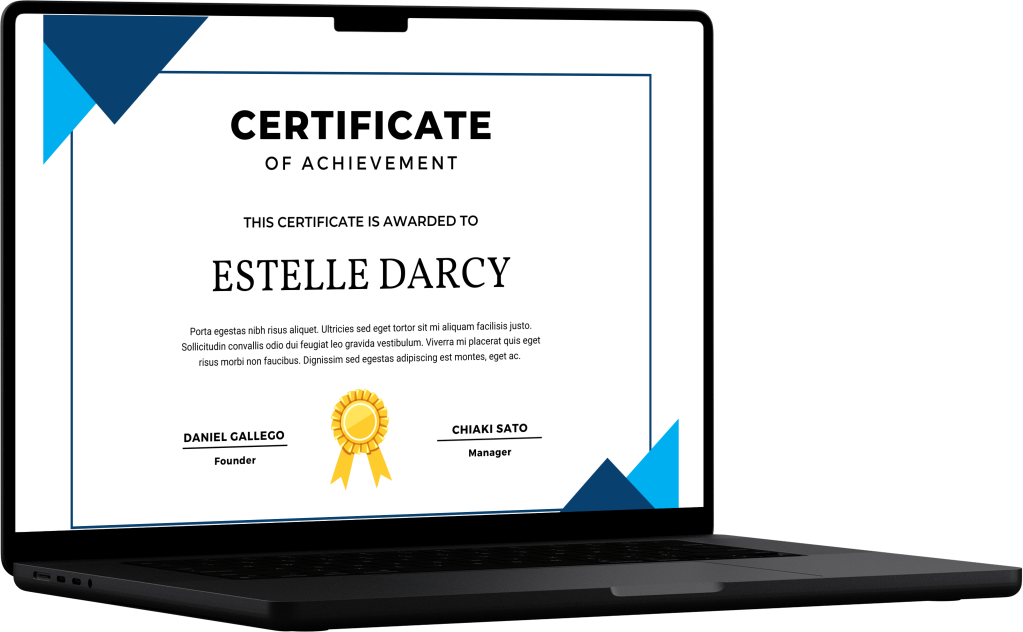August 2, 2023: Horizontal Directional Drilling for Pipelines Feasibility Workshop
-
Author: David Willoughby
-
Level: Advanced
-
Study time: 4 hours
Write your awesome label here.
Course overview
A key aspect of HDD design is determining if crossing an obstacle by HDD is technically feasible. That is, can the proposed crossing be installed using today's tools and techniques? Technical feasibility is demonstrated primarily by comparing the proposed crossing with previously completed installations. There are many factors to consider when evaluating the technical feasibility of an HDD project. Conducting a site survey, usually, the first step is important for all HDD projects and is a significant part of the HDD site characterization. The site survey should include both surface and some level of subsurface investigations. This webinar will cover the basic tasks from a site survey.
We will discuss information related to the surface and subsurface feasibility concerns. We will discuss how existing features, both natural and man-made, can impact the way an HDD crossing is configured. We will discuss how the subsurface conditions can impact the various phases of the HDD construction. We will look at the key characteristics such as earth material types, stratification, and groundwater conditions. Also included are the various aspects of the site's surface such as the topographic/hydrographic relief and the presence of human activities.
Due to an increasing focus on minimizing environmental impact, it has become standard practice in the HDD industry to evaluate the potential for drilling fluid to inadvertently flow to the surface due to hydro fracture. We discuss methods for evaluating the risk of inadvertent returns due to hydro fracture by comparing the confining capacity of the soils overlying the drilled path to the annular pressure necessary to conduct HDD operations.
After presenting and discussing the surface and subsurface feasibility concerns, we will look at and discuss a couple of real-world project feasibility studies and reports.
PDH Certificate included upon successful completion

-
Course Outline
HDD Feasibility Considerations- Site Surveys
- Identifying Possible Challenges for a HDD project
-
Surface Conditions Feasibility Concerns
- Work Area Conditions
- Surface Features
-
Subsurface Conditions Feasibility Concerns
- Geologic Research and Site Reconnaissance
- Geotechnical Survey
- Interpreting Subsurface Data
-
Borehole Stability AnalysisReview and Discuss Real World HDD Feasibility Study and Report
-
David Willoughby
HDD and Cathodic Protection Design SME, Former Director RK&K
ABOUT David
David Willoughby has 40 years of experience in engineering, pipeline design, corrosion control, and management in the petroleum and utilities pipeline industry. His experience includes gas transmission and distribution systems, petroleum facilities, and water/sewer pipelines from conception through design, construction and testing, economic evaluation, and project field supervision. Mr. Willoughby has been responsible for the design, permitting, inspection, and construction administration of numerous horizontal directional drills (HDD) on pipeline projects. He is the author of several articles and two books published by McGraw-Hill, The Plastic Piping Handbook (2002) and Horizontal Directional Drilling (2005).
Mr. Willoughby provides HDD training to the pipeline and utility industries. He has presented at the engineering workshop at N.C. Utilities Commission Office of the Pipeline Safety Conference and the Southern Gas Association Annual Conference. Mr. Willoughby’s HDD training is used to provide Professional Development Hours (PDU) for professional engineers in many states, including Texas.
Mr. Willoughby provides HDD training to the pipeline and utility industries. He has presented at the engineering workshop at N.C. Utilities Commission Office of the Pipeline Safety Conference and the Southern Gas Association Annual Conference. Mr. Willoughby’s HDD training is used to provide Professional Development Hours (PDU) for professional engineers in many states, including Texas.
